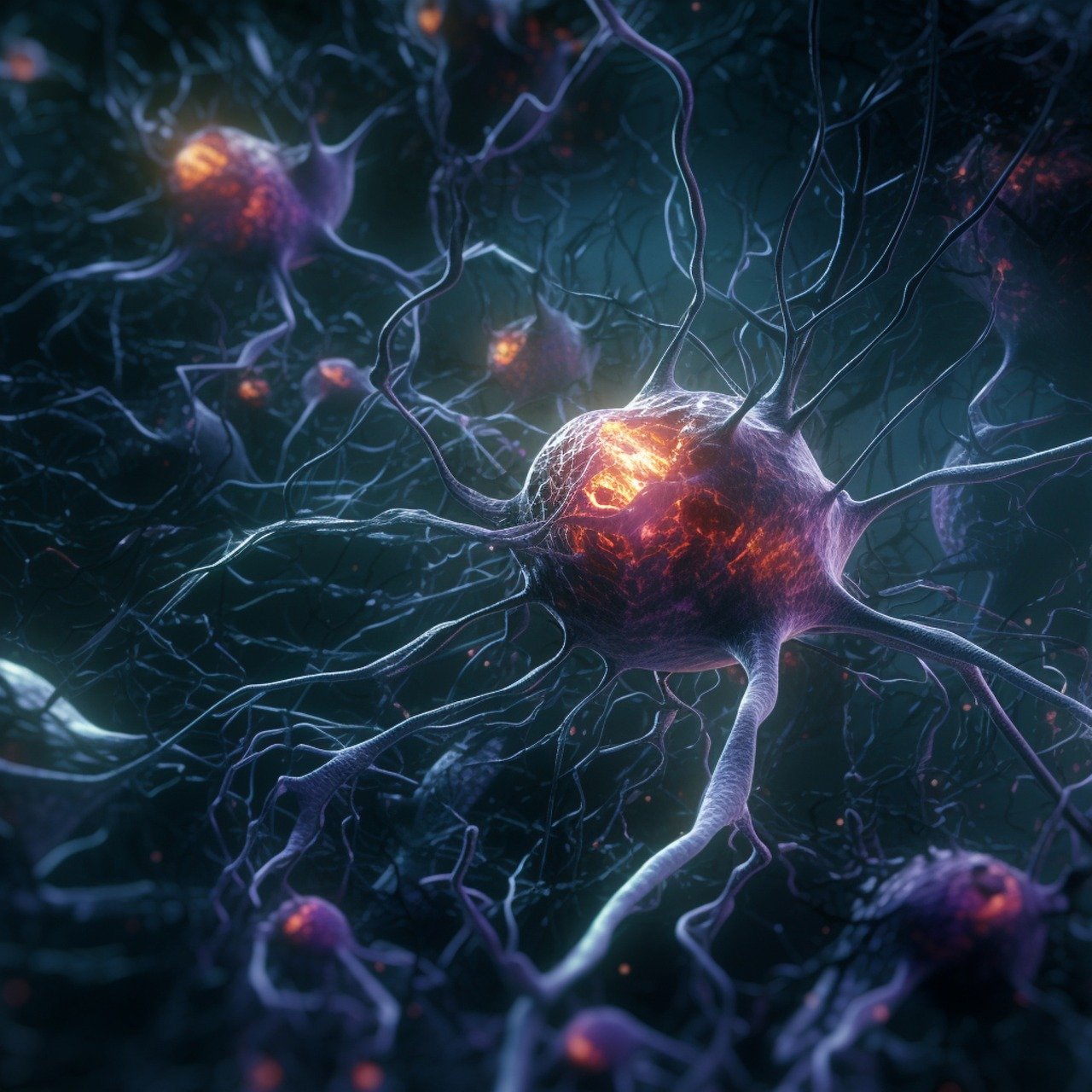Neurons: A New Research
Researchers at Kyushu University found a way to help mice recover from brain injuries that are similar to strokes. They did this by changing special cells in the brain into neurons. Neurons are the brain cells that help us think and do things. This discovery could be good news for treating strokes in people.
A stroke happens when the blood flow to the brain is not normal, and it can harm brain cells. People who have strokes often don’t get much better and may have trouble moving or thinking. Strokes are a common reason why people need long-term care.
Professor Kinichi Nakashima from Kyushu University’s Graduate School of Medical Sciences says, “When we get a cut or break a bone, our skin and bone cells can make more to fix our body. But the brain’s neurons cannot do that, so the damage can last a long time. We need to find new ways to replace lost neurons.”
Replacement of Neurons
One way to replace neurons is by changing other cells in the brain into neurons. The researchers focused on microglia, which are the main cells that help the brain’s immune system. Microglia clean up dead or damaged cells in the brain, so after a stroke, they move to the injured area and increase in number.
Dr. Takashi Irie from Kyushu University Hospital explains, “Microglia are everywhere in the brain and are in the right place, so they are perfect for changing into neurons.”
In the past, the researchers showed that they could turn microglia into neurons in healthy mice. Now, they proved that this can also work in injured brains and help with recovery.
To test this, the researchers gave mice a brain injury that was similar to a stroke by blocking a major blood vessel in the brain. A week later, the mice had trouble moving and lost many neurons in a part of the brain called the striatum, which is important for thinking and moving.
The researchers used a virus to put DNA into the microglial cells at the injury site. This DNA had instructions for making a protein called NeuroD1, which helps make neurons. Over a few weeks, the infected cells turned into neurons, and the areas of the brain that lost neurons got better. After eight weeks, the new neurons were working with the rest of the brain.
Just three weeks after the infection, the mice could move better, according to tests. When the researchers took out the new neurons, the improvements went away, which shows that the new neurons helped with recovery.
Professor Nakashima says, “These results are very hopeful. The next step is to see if NeuroD1 can also turn human microglia into neurons and make sure that putting genes into the microglial cells is safe.”
The researchers also plan to test if this treatment can help mice in the long-term, even after the injury is old.




